Shift Towards Eco-Friendly Products
The Automotive Film Market is witnessing a shift towards eco-friendly products, driven by increasing consumer awareness of environmental issues. As sustainability becomes a priority for many consumers, there is a growing demand for films that are not only effective but also environmentally friendly. Manufacturers are responding by developing films made from recyclable materials and those that minimize environmental impact during production. In 2025, it is anticipated that the market for eco-friendly automotive films will grow by approximately 10%, reflecting a broader trend towards sustainable practices in the automotive sector. This shift suggests that companies that prioritize sustainability in their product offerings may gain a competitive advantage in the Automotive Film Market, appealing to a conscientious consumer base that values eco-friendly solutions.
Rising Demand for Vehicle Protection
The Automotive Film Market is experiencing a notable increase in demand for protective films, driven by consumers' desire to safeguard their vehicles from scratches, chips, and environmental damage. As vehicle ownership rises, particularly in urban areas, the need for protective solutions becomes more pronounced. In 2025, the market for automotive protective films is projected to reach approximately 1.5 billion USD, reflecting a compound annual growth rate of around 7%. This trend indicates a growing awareness among consumers regarding the long-term value of maintaining vehicle aesthetics and resale value. Consequently, manufacturers are innovating to offer advanced films that provide superior protection while enhancing the vehicle's appearance. This rising demand for vehicle protection is likely to propel the Automotive Film Market forward, as consumers increasingly prioritize the longevity and visual appeal of their automobiles.
Increasing Awareness of Aesthetic Appeal
The Automotive Film Market is benefiting from a growing awareness of the aesthetic appeal of vehicles. Consumers are increasingly recognizing that automotive films not only provide protection but also enhance the overall look of their cars. This trend is particularly evident among younger demographics, who prioritize personalization and style. In 2025, it is estimated that the segment of the market focused on decorative films will account for nearly 30% of total sales, indicating a shift in consumer preferences. As a result, manufacturers are expanding their product lines to include a variety of colors, finishes, and textures, allowing consumers to customize their vehicles to reflect their personal style. This increasing emphasis on aesthetics is likely to drive growth in the Automotive Film Market, as more consumers seek to differentiate their vehicles in a competitive automotive landscape.
Regulatory Support for Vehicle Customization
Regulatory frameworks supporting vehicle customization are emerging as a key driver for the Automotive Film Market. Governments in various regions are recognizing the economic benefits of the automotive aftermarket, leading to policies that encourage customization and personalization. For instance, regulations that simplify the process of applying aftermarket films are being implemented, making it easier for consumers to enhance their vehicles. This regulatory support is expected to stimulate market growth, with projections indicating a potential increase in the automotive film segment by 6% annually through 2025. As consumers become more aware of their options and the legal frameworks surrounding vehicle modifications, the Automotive Film Market is likely to see a surge in demand for customizable film solutions that comply with local regulations.
Technological Innovations in Film Production
Technological advancements in film production are significantly influencing the Automotive Film Market. Innovations such as improved adhesive technologies and enhanced film durability are enabling manufacturers to produce high-quality films that meet diverse consumer needs. For instance, the introduction of self-healing films, which can repair minor scratches and abrasions, is gaining traction among consumers. Additionally, advancements in nanotechnology are leading to the development of films that offer superior UV protection and heat resistance. As of 2025, the market is expected to witness a surge in the adoption of these technologically advanced films, with a projected growth rate of 8% annually. This trend suggests that manufacturers who invest in research and development will likely gain a competitive edge in the Automotive Film Market, catering to a more discerning customer base seeking innovative solutions.
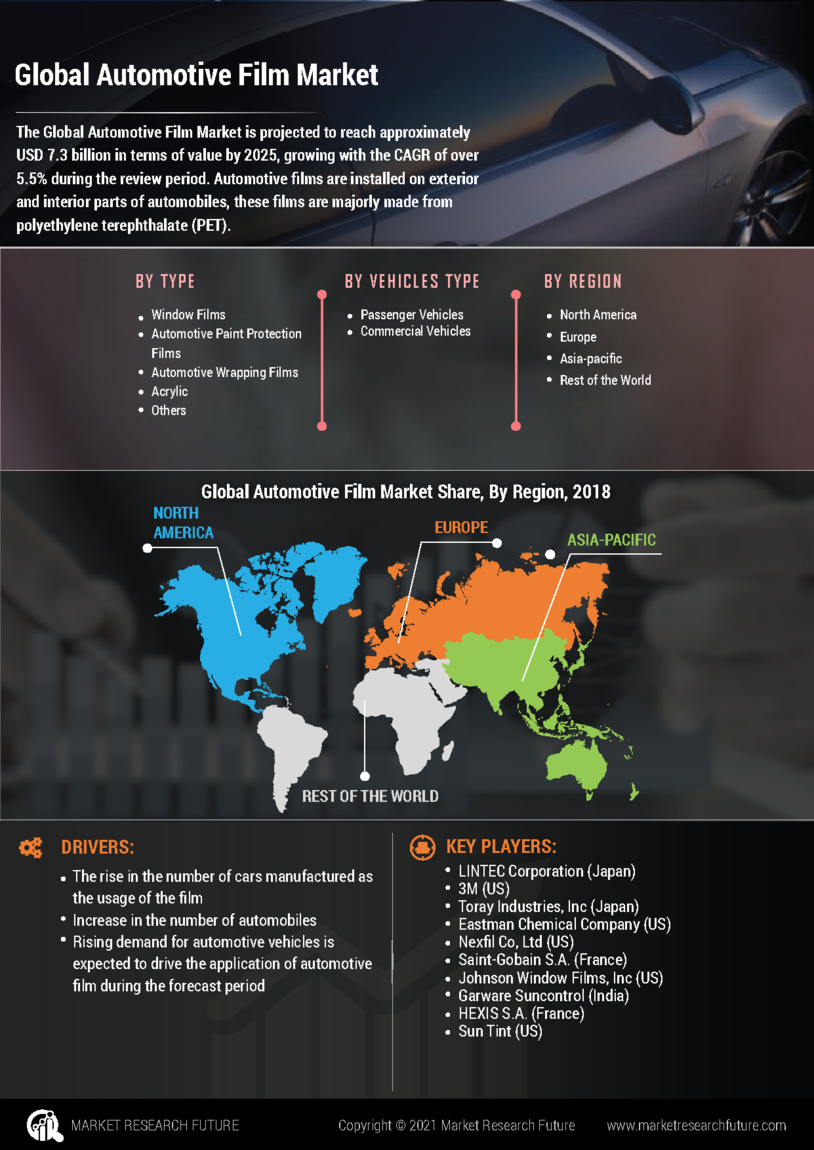




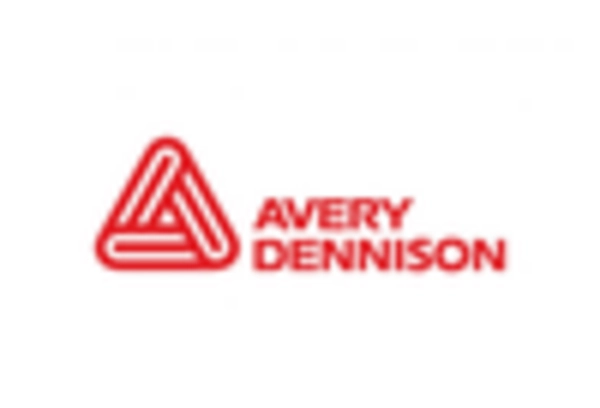

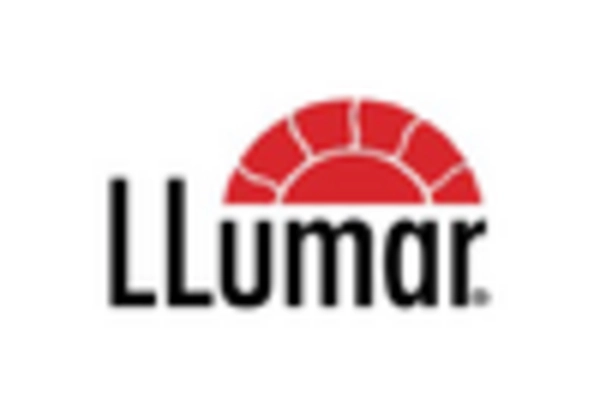
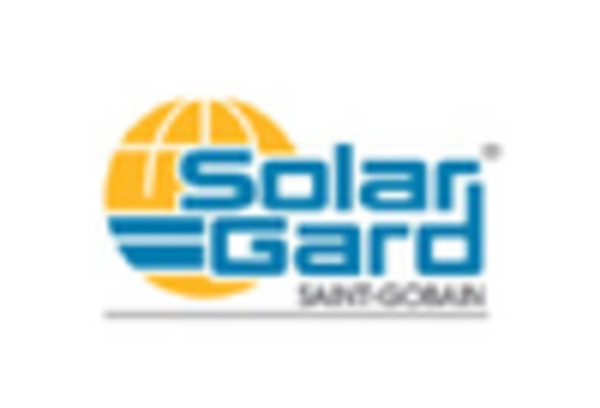
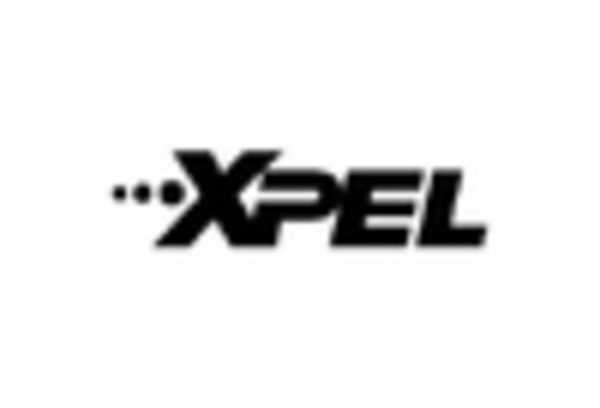








Leave a Comment